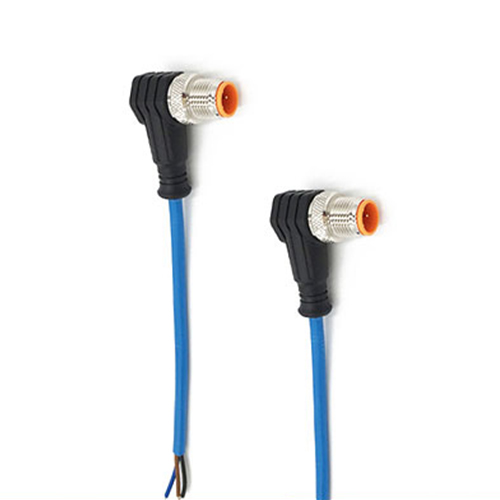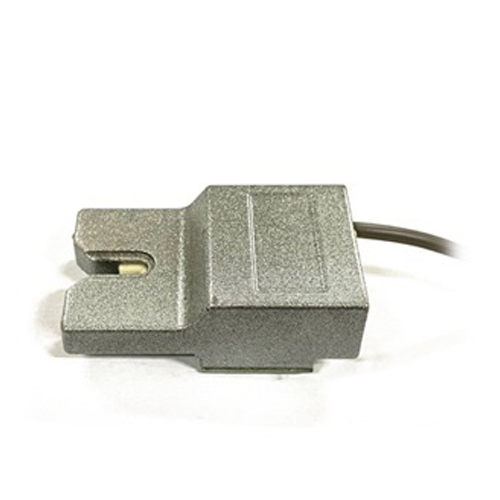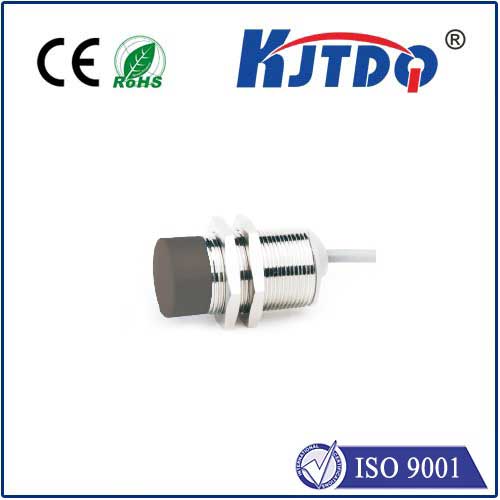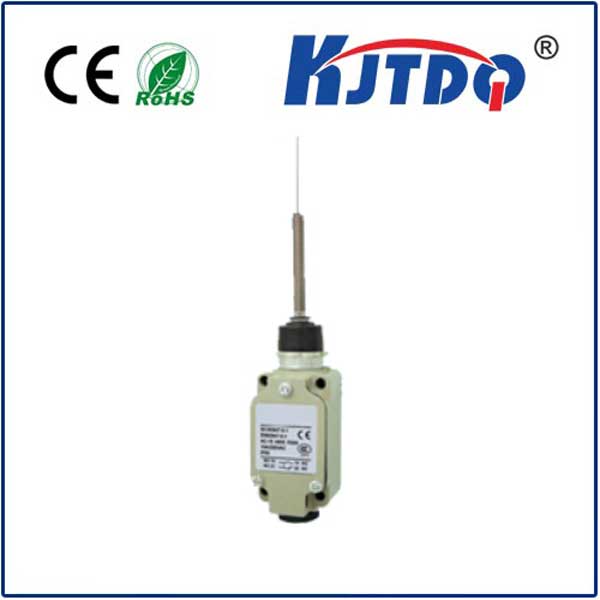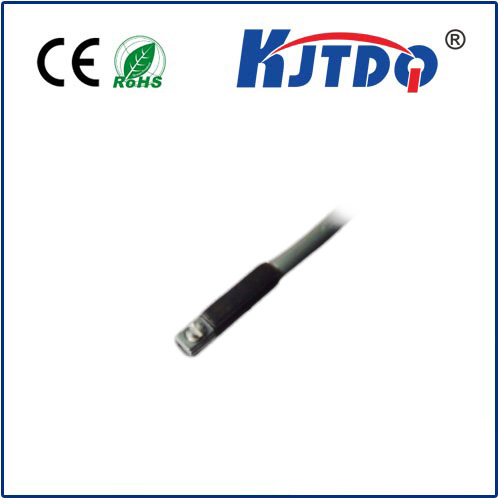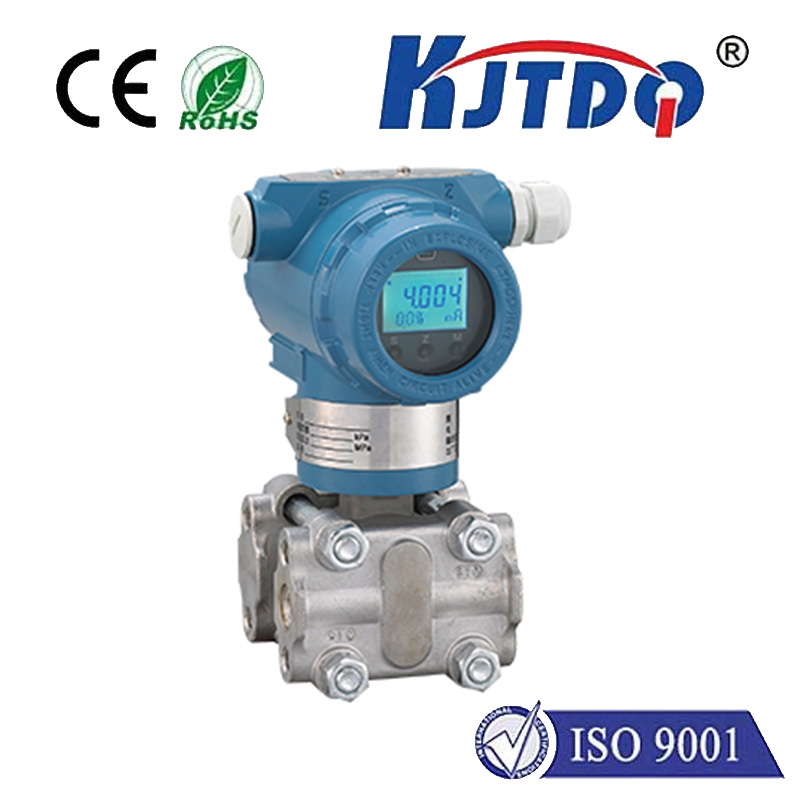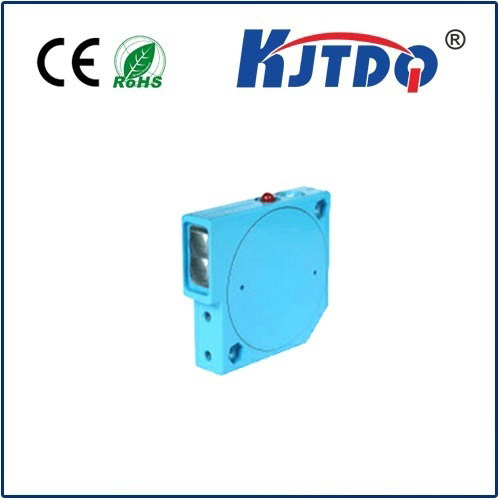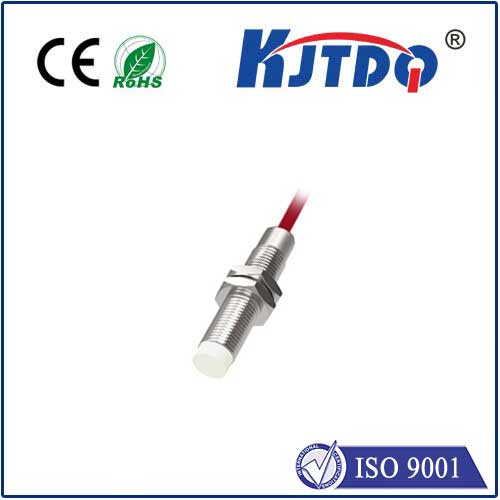photoelectric sensor 5v
- time:2025-09-13 01:19:27
- Click:0
The Versatile 5V Photoelectric Sensor: Powering Modern Automation
Imagine a silent production line where products glide seamlessly. A tiny, unassuming device detects each item’s passage with a beam of light, triggering the next action perfectly. This is the ubiquitous photoelectric sensor, and when powered by a simple 5V supply, it unlocks a world of compact, efficient, and highly accessible automation. This article dives into the significance and applications of 5V photoelectric sensors, explaining why this specific voltage has become such a popular choice.
Understanding the Photoelectric Principle
At its core, a photoelectric sensor operates on a straightforward principle: it emits a light beam (visible red, infrared, or laser) and detects changes in the received light. These changes occur when an object interrupts the beam or reflects it back to the sensor. Based on the presence or absence (or intensity change) of this received light, the sensor’s output switches state – effectively acting as a digital eye. Common configurations include:
- Through-Beam: Features separate emitter and receiver units. Maximum range and reliability, triggered when an object breaks the beam.
- Retroreflective: Uses a single unit and a reflector. Easier alignment than through-beam, triggered when an object breaks the beam returning from the reflector.
- Diffuse Reflection: Emitter and receiver are in one housing. Triggers when light reflects off the target object itself. Simplest to install but generally shorter range and can be affected by object color/reflectivity.
Why 5V? The Power of Compatibility and Efficiency

While photoelectric sensors come in various voltage ratings (12V, 24V, 100-240V AC), the 5V DC photoelectric sensor holds distinct advantages:
- Microcontroller Harmony: This is arguably the biggest driver. The modern world of automation heavily relies on microcontrollers (like Arduino, Raspberry Pi, PIC, AVR), Programmable Logic Controllers (PLCs), and single-board computers. Most of these devices operate natively on 5V logic levels. Powering sensors directly from the 5V supply rail used by these controllers eliminates the need for complex level-shifting circuits or external power supplies just for the sensors. This simplifies design, reduces component count, and lowers overall system cost.
- Energy Efficiency: Generally, sensors operating at lower voltages like 5V tend to consume less power. This is crucial for:
- Battery-Powered Applications: Robotics, portable inspection equipment, IoT devices where minimizing current draw extends battery life significantly.
- Large Installations: A factory with hundreds of sensors benefits from the cumulative reduction in power consumption offered by 5V devices.
- USB Power Feasibility: The prevalence of USB ports as power sources (providing stable 5V DC) makes integrating 5V sensors incredibly convenient for prototypes, educational kits, and smaller-scale systems. Plug-and-play development becomes a reality.
- Simplified Circuit Design: Designing power distribution and signal conditioning is more straightforward when the sensor and logic controller share the same 5V power domain. It reduces the risk of voltage mismatch damage.
- Compactness: Often, 5V photoelectric sensors are designed for space-constrained applications, leveraging lower voltage requirements for potentially smaller internal electronics or power regulation components.
Key Features and Specifications of 5V Sensors
When selecting a 5V photoelectric sensor, consider these critical specifications:
- Sensing Range: Varies significantly between types (through-beam being longest) and models. Ensure the range meets your application needs.
- Output Type: Crucial for compatibility!
- NPN (Sinking): Outputs 0V (GND) when active. Common in Asia/EU.
- PNP (Sourcing): Outputs 5V when active. Common in the Americas. Verify which input type your controller requires. Many modern sensors offer configurable outputs.
- Digital (TTL): A clean 0V (Low) or 5V (High) signal ideal for direct connection to microcontrollers.
- Analog: Provides a varying voltage proportional to light intensity or distance (less common for basic presence detection).
- Current Consumption: Typically ranges from 10mA to 30mA or slightly more for powerful models or lasers. Important for calculating total load on the 5V power supply.
- Response Time: How quickly the sensor reacts to an object. Critical for high-speed applications.
- Light Source: Red LED (common, cost-effective), Infrared (less susceptible to ambient light), Laser (very long range, small spot size). Lasers may draw slightly more current.
- Housing & Optics: Cylindrical (“barrel”) styles are popular for M18 or M12 threading. Consider environmental factors (IP rating for dust/water resistance).
Critical Design Considerations
Integrating a 5V photoelectric sensor successfully requires attention to detail:
- Stable Power Supply: This is paramount. Microcontrollers and sensors are sensitive to voltage fluctuations. Ensure your 5V DC power source (whether a dedicated regulator, USB port, or bench supply) is clean, stable, and capable of supplying sufficient current for all connected devices. Voltage drops or noise can cause erratic sensor behavior or controller resets. Use appropriate decoupling capacitors near the sensor and controller.
- Wiring & Connection: Use appropriate gauge wire for the current draw and distance. Double-check pinouts! Accidentally connecting the sensor’s output to a non-input pin, miswiring power/ground, or mixing NPN/PNP with the wrong controller input are common pitfalls. Follow the sensor datasheet meticulously. Solid connections are key to reliable operation.
- Electrical Noise: Industrial environments are electrically noisy. Shielded cables can help protect the sensor signal from interference, especially for long cable runs.
- Optical Considerations: Ambient light (sunlight, bright factory lights) can saturate some sensors. Use sensors with modulation (pulsing light) and synchronous detection for immunity. Ensure the target object reliably interrupts or reflects the beam as expected – consider size, color, reflectivity, angle, and potential background interference. Proper alignment is essential.
Where 5V Photoelectric Sensors Shine
The applications for 5V photoelectric sensors are vast, particularly thriving in spaces demanding integration with digital control:
- Robotics & Automation Kits: Detecting objects for grippers, navigating paths (line following), sensing obstacles. Ideal for Arduino and Raspberry Pi projects.
- 3D Printers & CNC Machines: End-stop detection (homing switches), filament runout sensors.
- DIY Electronics & Prototyping: Maker projects involving counting, sorting, position control, or automatic control based on presence/absence.
- Compact Machinery: Small conveyor systems, vending machines, medical devices, packaging equipment where space and low power are critical.
- IoT Edge Devices: Simple presence detection sensors feeding data to 5V microcontrollers connected to the cloud.
- Educational Demonstrations: Perfect for teaching principles of automation, sensing, and digital logic due to easy integration with common learning platforms.
Choosing the Right Tool
The proliferation of 5V photoelectric sensors is no accident. Their inherent compatibility with the 5V logic level that drives modern microcontrollers and digital circuits makes them an incredibly convenient and efficient choice. The elimination of external level shifters or complex power supplies lowers barriers to entry for developers, students,






